Home>Technology>Home Entertainment Systems>How Many Lumens To See A Projector In Daylight
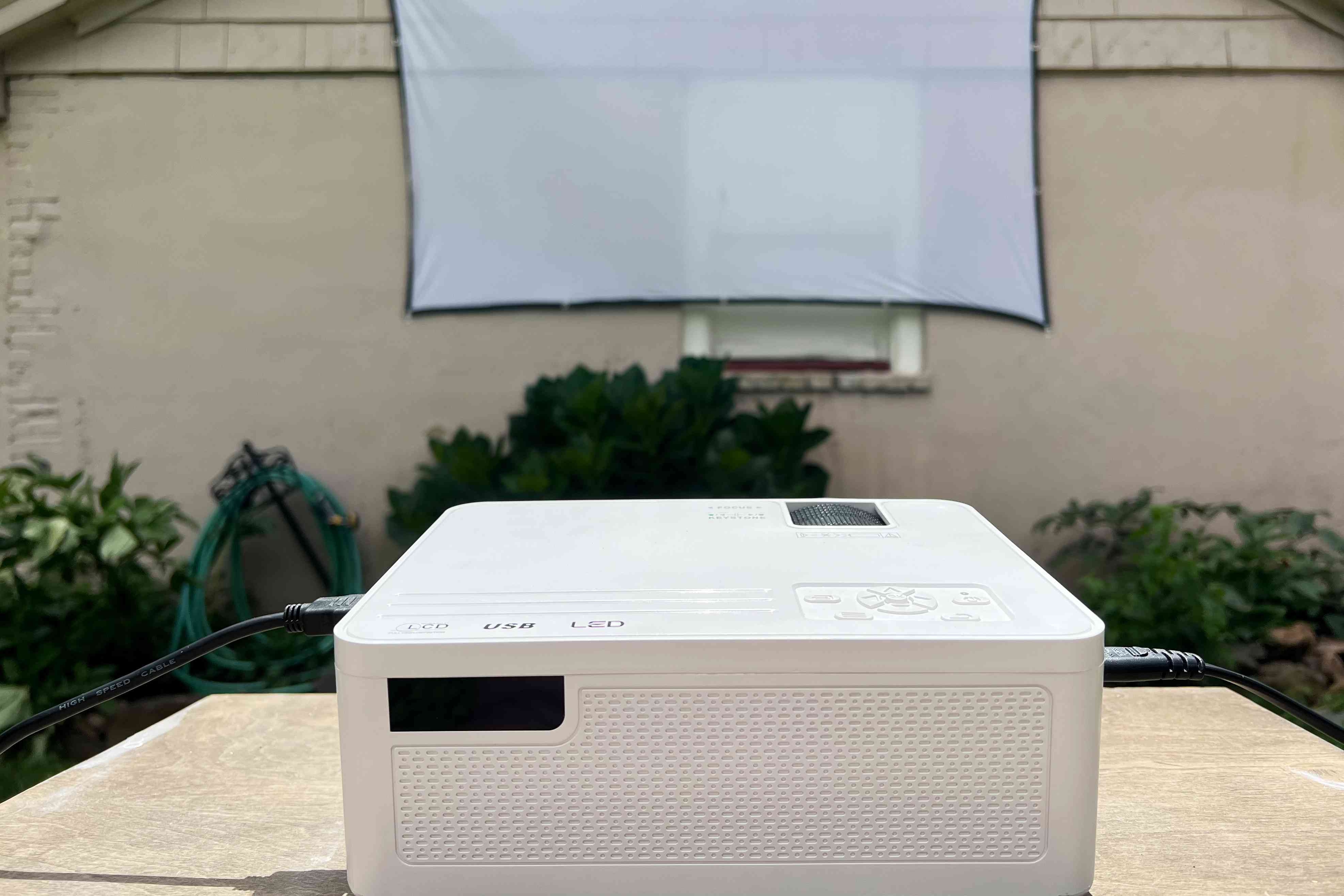

Home Entertainment Systems
How Many Lumens To See A Projector In Daylight
Modified: January 9, 2024
Find out the ideal lumens for your home entertainment system to ensure clear projector visibility in daylight. Choose the right brightness for an optimal viewing experience.
(Many of the links in this article redirect to a specific reviewed product. Your purchase of these products through affiliate links helps to generate commission for Storables.com, at no extra cost. Learn more)
Introduction
Welcome to the world of home entertainment systems, where the magic of cinema comes alive in the comfort of your living room. As technology continues to evolve, projectors have become a popular choice for creating immersive viewing experiences. Whether it's for movie nights with friends or indulging in the latest video games, projectors offer a larger-than-life display that can transform any space into a captivating theater.
However, one common concern that arises when using projectors is their visibility in daylight. Unlike traditional televisions, projectors rely on ambient light to create a vibrant image, making daylight conditions a potential obstacle to an optimal viewing experience. In this article, we will delve into the crucial factor that determines a projector's visibility in daylight: lumens.
Understanding how lumens impact projector performance in various lighting conditions is essential for making informed decisions when purchasing and setting up a home entertainment system. By exploring the relationship between lumens and daylight visibility, we can unlock the secrets to achieving stunning picture quality, even in well-lit environments.
So, join us as we embark on a journey to unravel the mysteries of lumens and discover the key to enjoying your favorite content on a projector, regardless of the time of day or the brightness of the surroundings. Let's shed light on the fascinating world of projector technology and unveil the secrets to a truly captivating viewing experience.
Key Takeaways:
- Lumens determine how bright a projector is. More lumens mean a brighter image, which is important in daylight. Consider the room’s brightness and screen type when choosing a projector for optimal visibility.
- To improve projector visibility in daylight, use high-lumen projectors, high-contrast screens, and control ambient light. Position the screen strategically and consider the type of content being displayed for the best viewing experience.
Read more: How Many Lumens For A Good Projector
Understanding Lumens
Before we delve into the specifics of projector visibility in daylight, it’s crucial to grasp the concept of lumens and their significance in the realm of home entertainment systems. In simple terms, lumens refer to the measurement of the total amount of visible light emitted by a source, such as a projector. This metric plays a pivotal role in determining the brightness and clarity of the projected image, making it a fundamental aspect of projector performance.
When it comes to projectors, the lumen rating serves as a primary indicator of their brightness capabilities. A higher lumen count generally translates to a brighter image, which is particularly important in environments with ambient light, such as daylight or well-lit rooms. As such, understanding the relationship between lumens and visibility is crucial for ensuring an optimal viewing experience, regardless of the lighting conditions.
It’s worth noting that the ideal lumen count for a projector varies based on the intended usage and the ambient light levels in the viewing environment. For instance, a dedicated home theater with controlled lighting may necessitate a different lumen requirement compared to a living room where natural light is a factor. By comprehending the nuances of lumens and their impact on image brightness, consumers can make informed decisions when selecting a projector that aligns with their specific needs and viewing conditions.
Furthermore, the concept of lumens extends beyond mere brightness, encompassing factors such as color accuracy, contrast, and overall image quality. A projector with an optimal lumen output can deliver vibrant colors and sharp details, enhancing the overall visual experience and bringing content to life with remarkable clarity.
As we continue our exploration of projector visibility in daylight, keep in mind that lumens serve as the cornerstone of projector performance, wielding the power to illuminate your favorite movies, shows, and games with unparalleled brilliance. With a solid understanding of lumens, we are poised to unravel the complexities of achieving exceptional projector visibility in daylight and unlocking the full potential of home entertainment systems.
Factors Affecting Projector Visibility in Daylight
When it comes to projecting images in daylight, several key factors come into play, influencing the overall visibility and clarity of the displayed content. Understanding these factors is essential for optimizing the viewing experience and ensuring that the projected image remains vivid and engaging, even in well-lit environments. Let’s explore the elements that significantly impact projector visibility in daylight:
- Ambient Light: The amount of natural or artificial light present in the viewing environment directly affects the visibility of the projected image. In daylight conditions, the intensity of ambient light can pose a challenge to maintaining a clear and vibrant display. As such, it’s crucial to consider the lumen output of the projector and its ability to counteract the effects of ambient light.
- Screen Material and Color: The type of screen used for projection and its color properties play a significant role in managing ambient light and enhancing visibility. High-contrast screens designed to reject ambient light can mitigate the impact of daylight, allowing the projected image to maintain its brightness and clarity. Additionally, screen materials optimized for daylight viewing can contribute to a more immersive and enjoyable viewing experience.
- Projection Distance and Angle: The distance and angle at which the projector is set up can affect the visibility of the projected image. Optimal positioning and alignment are crucial for maximizing the projector’s performance in daylight conditions. By strategically adjusting the projection angle and distance, it’s possible to minimize the impact of ambient light and achieve a more discernible image.
- Projector Technology and Image Processing: The technological capabilities of the projector, including its image processing algorithms and display technologies, play a pivotal role in managing daylight visibility. Advanced features such as dynamic iris control, high refresh rates, and enhanced color processing can contribute to a more resilient image that remains vibrant and clear, even in brightly lit surroundings.
- Room Darkening and Light Control: Implementing measures to control ambient light within the viewing space can significantly enhance projector visibility in daylight. Utilizing window treatments, such as blackout curtains or blinds, can effectively reduce the intrusion of natural light, creating a more conducive environment for projection. Additionally, adjusting the room’s lighting to minimize glare and reflections can further improve visibility.
By taking these factors into account and addressing them proactively, it’s possible to optimize projector visibility in daylight and elevate the viewing experience to new heights. As we unravel the intricacies of achieving exceptional projector performance in varying lighting conditions, these factors will serve as guiding principles for creating captivating and immersive visual displays, no matter the time of day or the brightness of the surroundings.
Aim for a projector with at least 3000 lumens to be visible in daylight. Consider higher lumens for larger screens or brighter rooms.
Determining the Required Lumens for Daylight Viewing
When it comes to ensuring optimal projector visibility in daylight, determining the appropriate lumen output is a critical step in creating a captivating viewing experience. The right balance of brightness and clarity is essential for overcoming the challenges posed by ambient light and maintaining a vivid image that captivates the audience. To ascertain the required lumen count for daylight viewing, several key considerations come into play:
- Room Brightness and Light Control: Assessing the ambient light levels in the viewing environment is crucial for determining the necessary lumen output. Spaces with ample natural light or artificial illumination require projectors with higher lumen ratings to counteract the brightness and maintain a compelling image. Evaluating the room’s brightness and implementing effective light control measures provides valuable insights into the lumen requirements.
- Screen Size and Distance: The size of the projected image and the distance between the projector and the screen influence the lumen requirements for daylight viewing. Larger screen sizes and greater projection distances necessitate projectors with higher lumen outputs to ensure that the image remains sufficiently bright and visually engaging, even in well-lit conditions.
- Content Type and Viewing Preferences: The type of content being displayed and the audience’s viewing preferences can impact the required lumen count. For vibrant, dynamic content such as movies, sports, or gaming, higher lumen outputs may be necessary to preserve color accuracy and image detail in daylight settings. Understanding the specific demands of the content and the audience’s expectations is essential for determining the ideal lumen level.
- Screen Material and Reflectivity: The characteristics of the projection screen, including its material and reflective properties, play a significant role in lumen requirements for daylight viewing. High-gain screens designed to enhance brightness and reject ambient light may allow for lower lumen projectors to achieve satisfactory visibility. Conversely, screens with lower reflectivity may necessitate projectors with higher lumen outputs to compensate for light loss.
- Manufacturer Recommendations and Specifications: Consulting the manufacturer’s guidelines and specifications for the projector model of interest can provide valuable insights into the recommended lumen range for optimal daylight visibility. Manufacturers often provide lumen recommendations based on intended usage scenarios and environmental factors, offering a valuable reference point for selecting a projector tailored to daylight viewing requirements.
By carefully considering these factors and conducting a thorough assessment of the viewing environment and usage scenarios, it becomes possible to determine the precise lumen requirements for achieving exceptional projector visibility in daylight. This informed approach empowers consumers to select projectors that align with their specific needs, ensuring that the projected image remains captivating and immersive, regardless of the lighting conditions.
Tips for Improving Projector Visibility in Daylight
Enhancing projector visibility in daylight conditions requires a strategic approach that encompasses various considerations and practical measures aimed at optimizing the viewing experience. By implementing the following tips, viewers can elevate the performance of their projectors in well-lit environments, ensuring that the displayed content remains vivid, engaging, and immersive:
- Invest in High-Lumen Projectors: Selecting projectors with higher lumen outputs is an effective strategy for combating the challenges posed by daylight. Opt for models designed to deliver exceptional brightness, ensuring that the projected image maintains its clarity and visual impact even in brightly lit spaces.
- Utilize High-Contrast Screens: Investing in high-contrast projection screens designed to reject ambient light can significantly improve projector visibility in daylight. These specialized screens enhance image clarity and color vibrancy, allowing the projected content to stand out even in well-lit environments.
- Optimize Screen Placement and Alignment: Carefully position the projection screen and align it with the projector to minimize the impact of ambient light. Strategic placement and precise alignment can contribute to a more discernible image, enhancing visibility and maximizing the projector’s performance in daylight conditions.
- Implement Light Control Measures: Utilize room darkening solutions such as blackout curtains, blinds, or shades to reduce the intrusion of natural light during daylight viewing. By controlling ambient light levels within the viewing space, it’s possible to create an environment that is conducive to optimal projector visibility.
- Consider Ambient Light-Rejecting Technology: Explore projection screens equipped with ambient light-rejecting technology, which are specifically designed to mitigate the impact of daylight and enhance image visibility. These advanced screen solutions can significantly improve the projector’s performance in brightly lit settings.
- Opt for Projectors with Enhanced Image Processing: Select projectors equipped with advanced image processing features such as dynamic iris control, high refresh rates, and color enhancement technologies. These capabilities contribute to a more resilient image that maintains its vibrancy and clarity, even in challenging lighting conditions.
- Evaluate Room Lighting and Reflections: Assess the room’s lighting setup and minimize glare and reflections that may impede projector visibility. By strategically adjusting the room’s lighting and addressing reflective surfaces, it’s possible to create an environment that optimizes the projected image for daylight viewing.
- Consult Manufacturer Recommendations: Refer to the manufacturer’s guidelines and recommendations for optimizing projector performance in daylight. Manufacturers often provide valuable insights and best practices for achieving exceptional visibility, offering guidance on selecting the right projector and implementing effective viewing strategies.
By incorporating these tips into the setup and usage of home entertainment systems, individuals can enhance the visibility and impact of their projectors in daylight conditions, unlocking the full potential of immersive viewing experiences. With a strategic approach and thoughtful considerations, it’s possible to enjoy captivating and vibrant content on projectors, regardless of the brightness of the surroundings.
Read more: How Many Lumens For A Home Theater Projector
Conclusion
As we conclude our exploration of projector visibility in daylight, we’ve gained valuable insights into the pivotal role of lumens and the factors that influence the performance of home entertainment systems in well-lit environments. The quest for achieving exceptional projector visibility in daylight unveils a world of possibilities, empowering viewers to create captivating and immersive visual experiences that transcend the constraints of ambient light.
By understanding the significance of lumens and their impact on projector brightness, we’ve unraveled the key to overcoming the challenges posed by daylight conditions. The interplay of ambient light, screen materials, projection technology, and room setup underscores the multifaceted nature of optimizing projector visibility, offering a diverse array of strategies and considerations for enhancing the viewing experience.
Armed with the knowledge of determining the required lumens for daylight viewing, consumers are equipped to make informed decisions when selecting projectors tailored to their specific needs and viewing environments. The thoughtful integration of high-lumen projectors, high-contrast screens, and strategic light control measures paves the way for creating environments where projected content remains vivid, engaging, and visually captivating, even in the presence of natural or artificial light.
As we embrace the tips for improving projector visibility in daylight, we embark on a journey of discovery and innovation, exploring the possibilities of leveraging advanced technologies and practical solutions to elevate the performance of home entertainment systems. The pursuit of exceptional projector visibility in daylight is a testament to the enduring allure of immersive visual experiences, transcending the boundaries of traditional viewing and embracing the transformative power of cutting-edge projection technology.
In essence, the quest for achieving optimal projector visibility in daylight is a testament to the enduring pursuit of captivating and immersive visual experiences. By harnessing the power of lumens, technological innovation, and strategic considerations, viewers can revel in the magic of cinema, gaming, and multimedia content, regardless of the time of day or the brightness of the surroundings. As we continue to unlock the secrets of projector technology and visibility optimization, the future holds boundless opportunities for creating mesmerizing and unforgettable viewing experiences in the realm of home entertainment systems.
Frequently Asked Questions about How Many Lumens To See A Projector In Daylight
Was this page helpful?
At Storables.com, we guarantee accurate and reliable information. Our content, validated by Expert Board Contributors, is crafted following stringent Editorial Policies. We're committed to providing you with well-researched, expert-backed insights for all your informational needs.
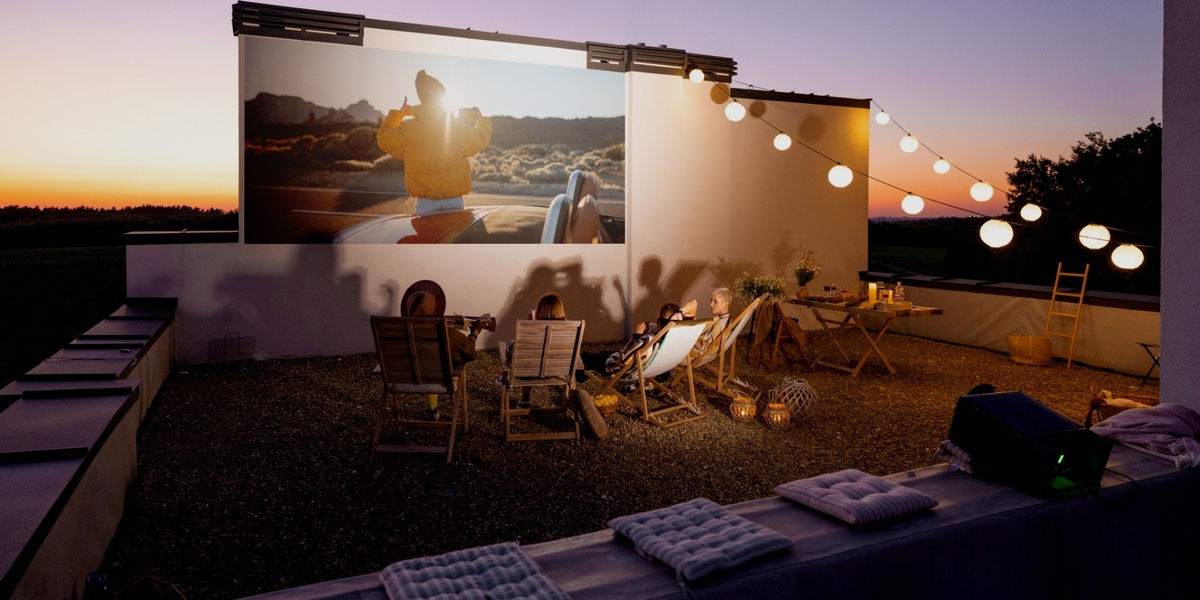


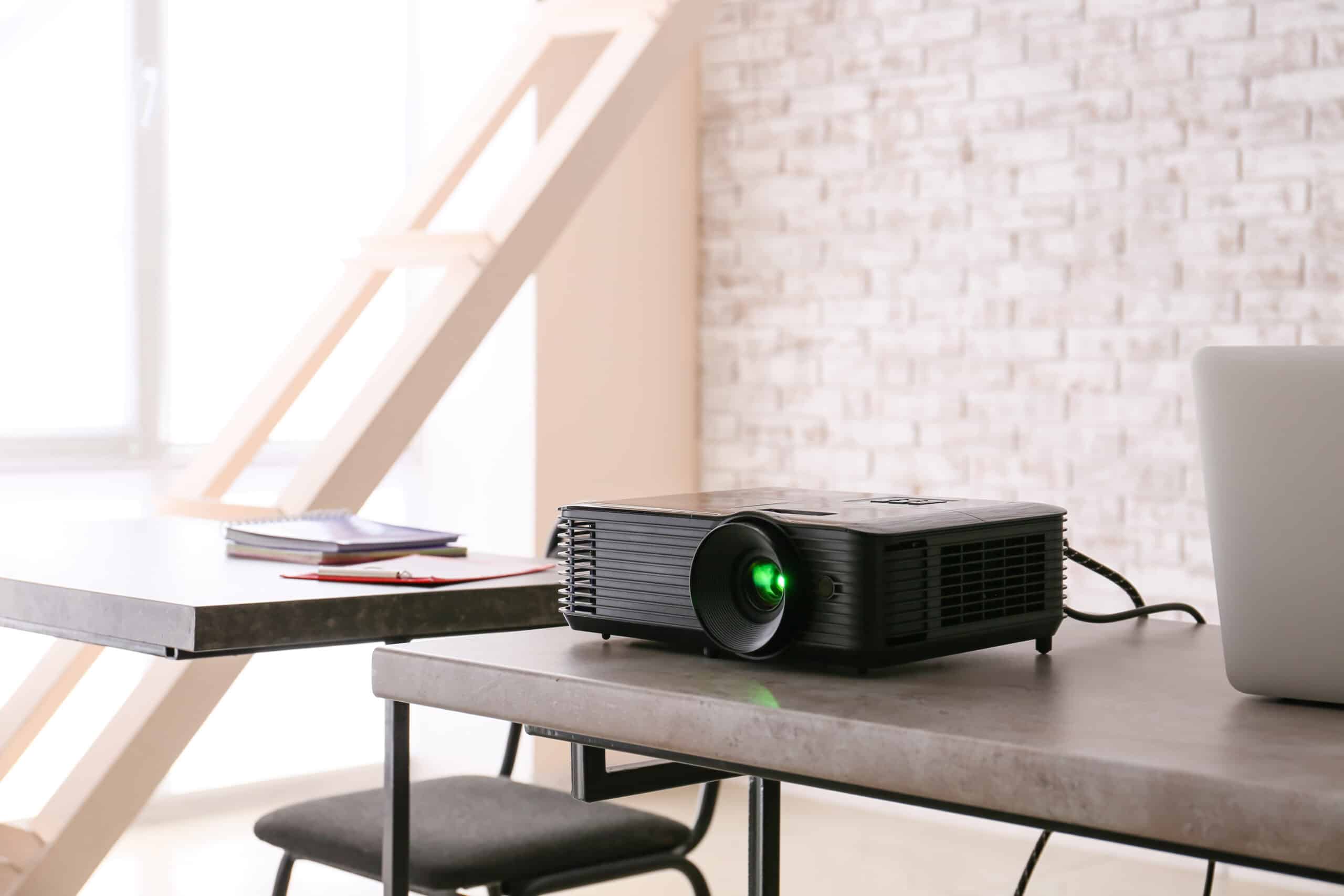
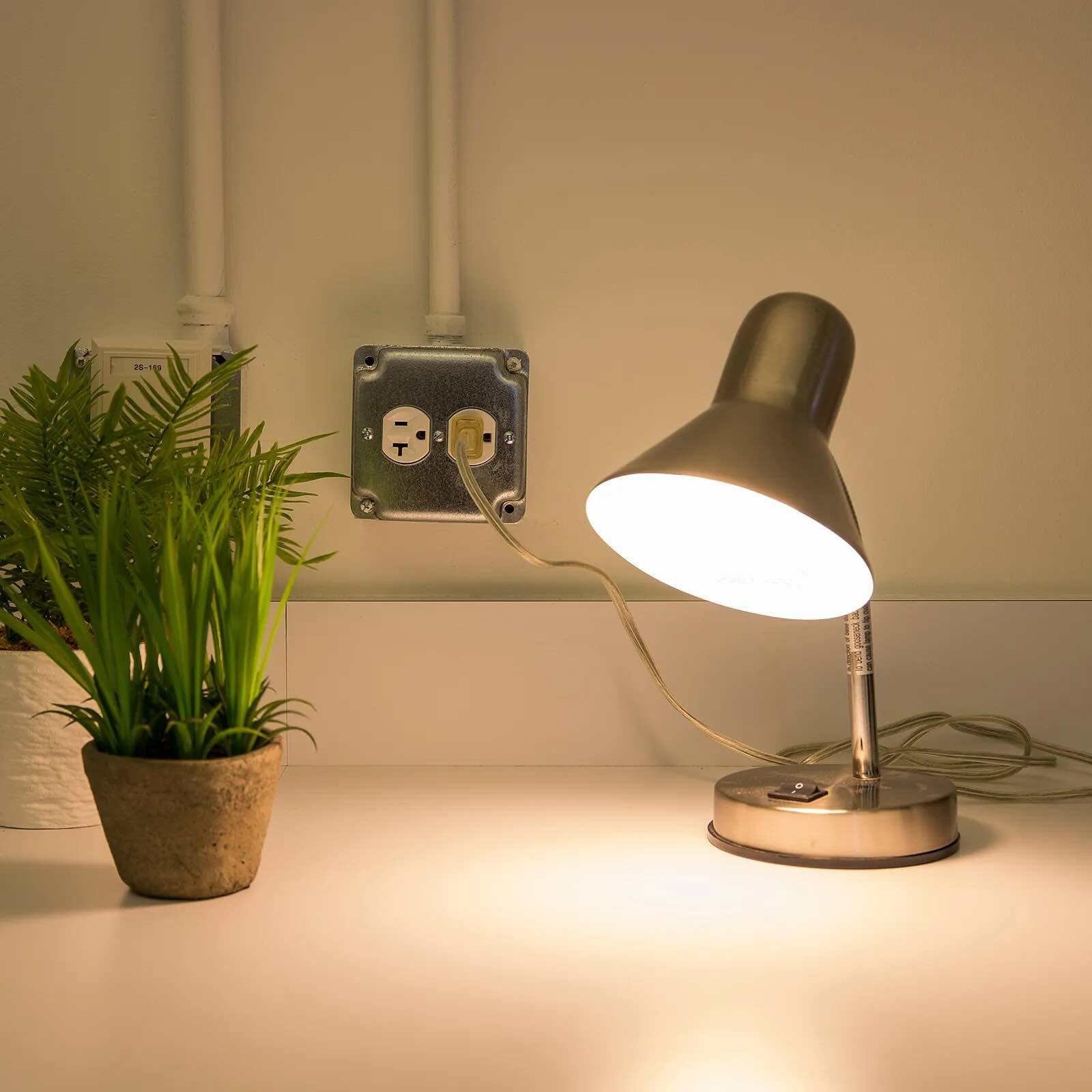
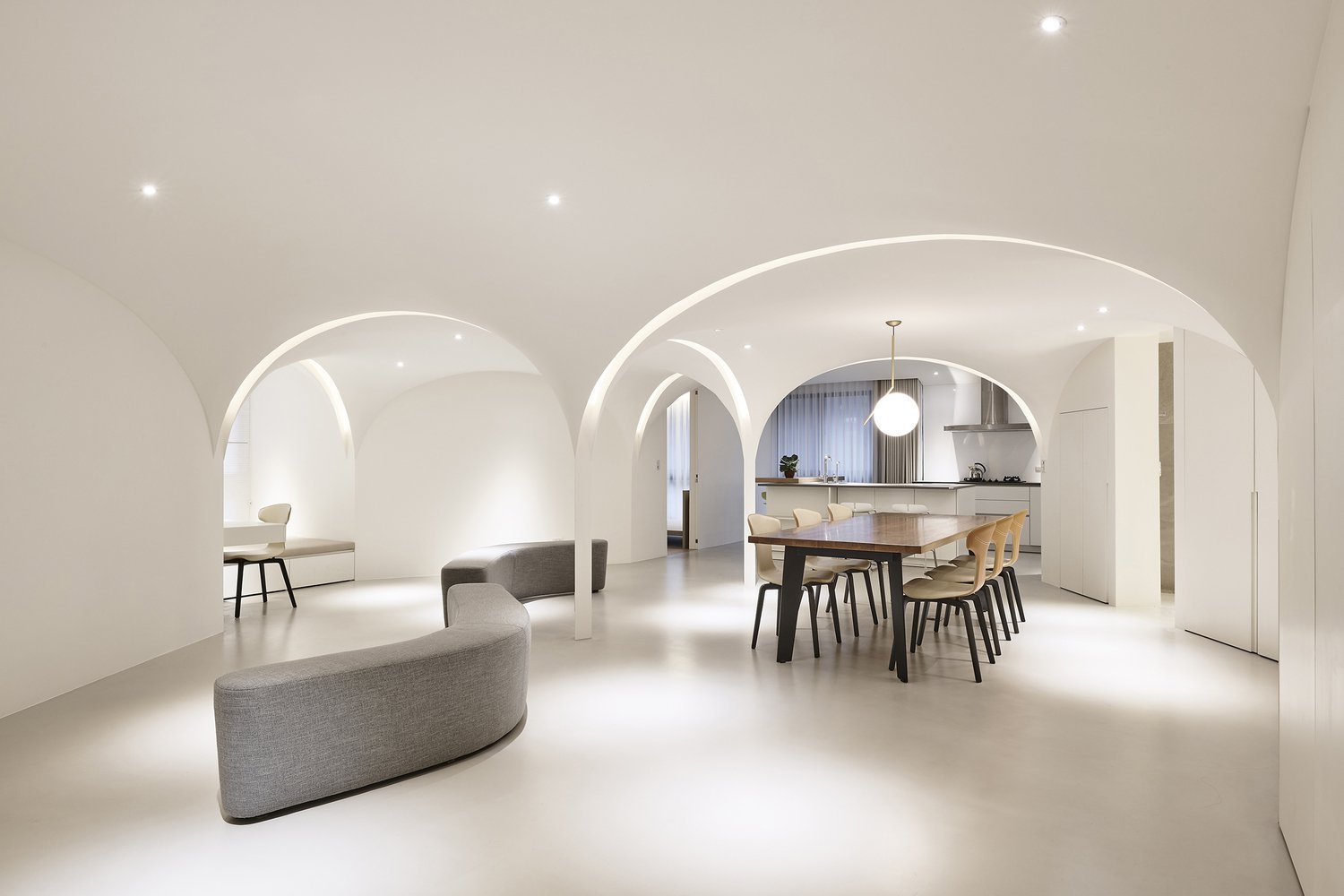
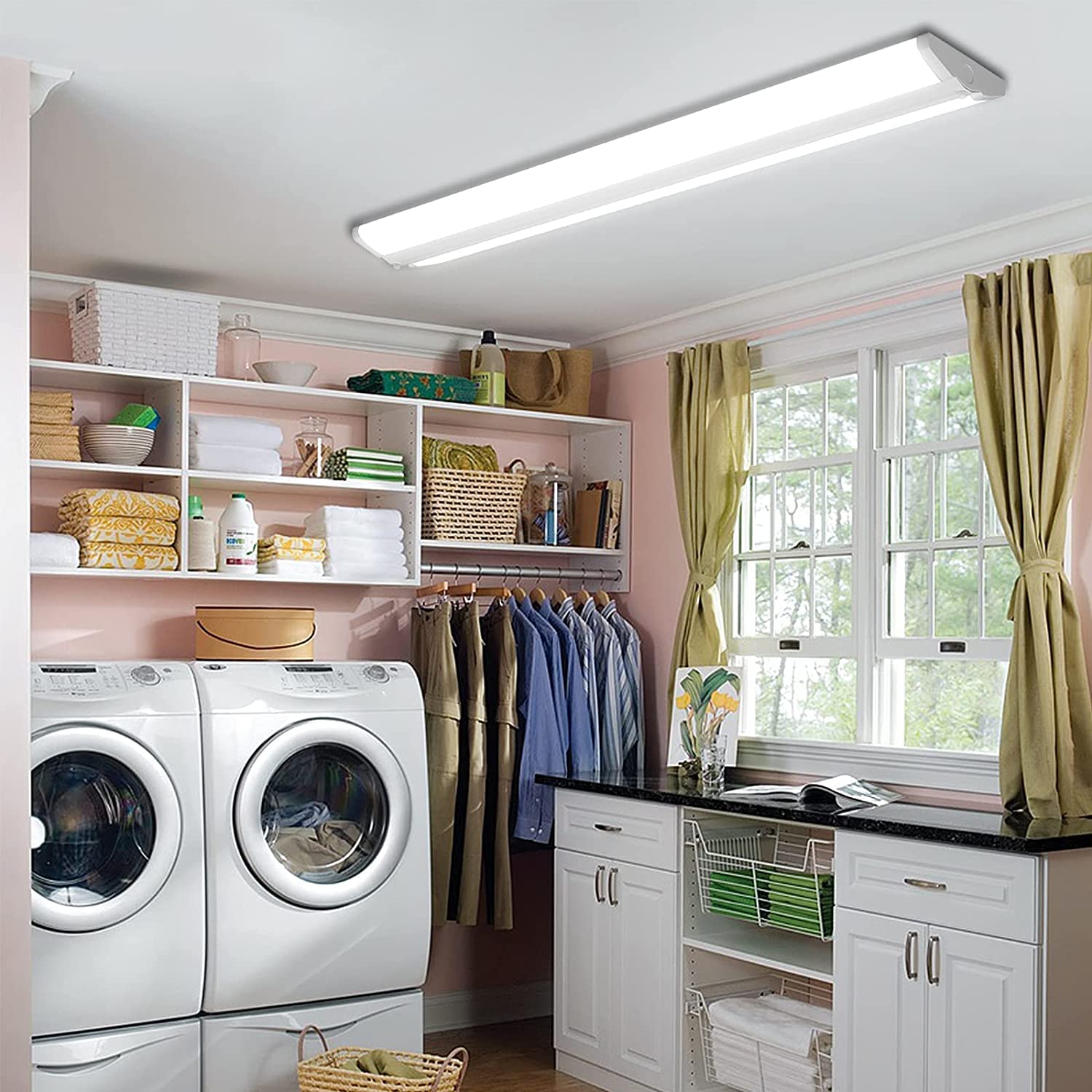
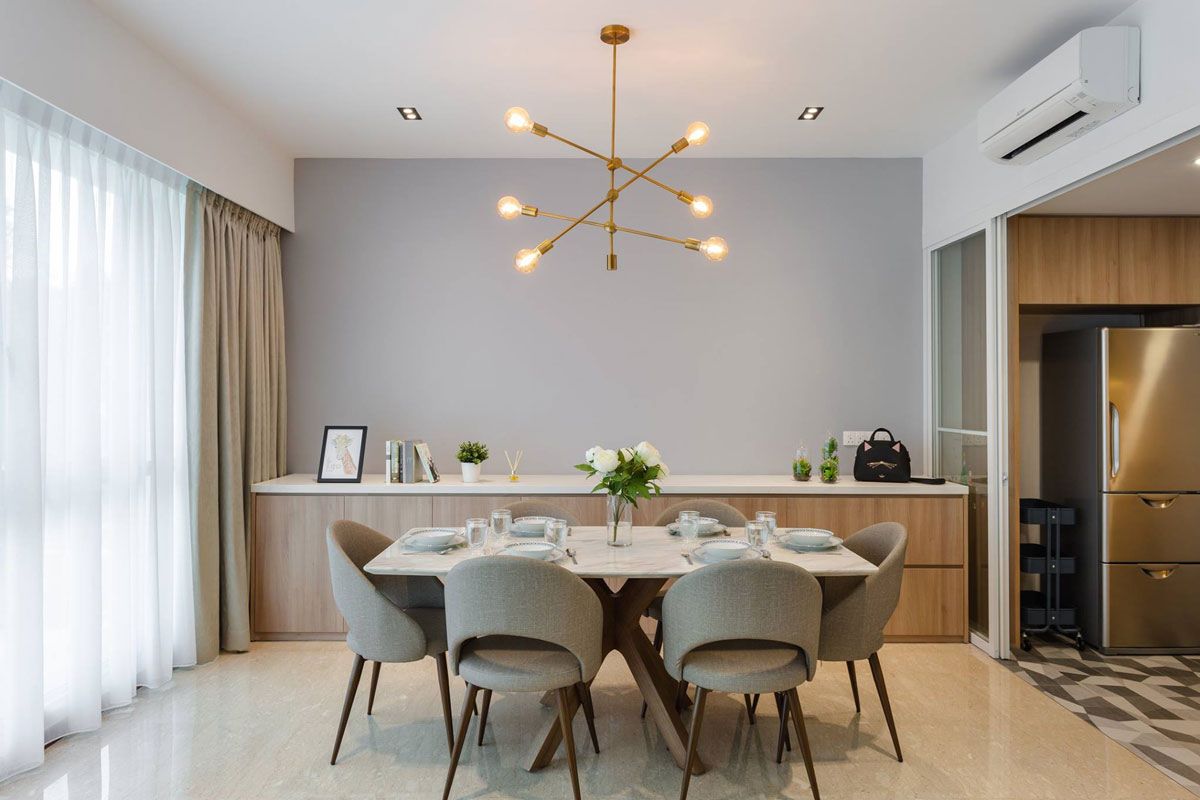

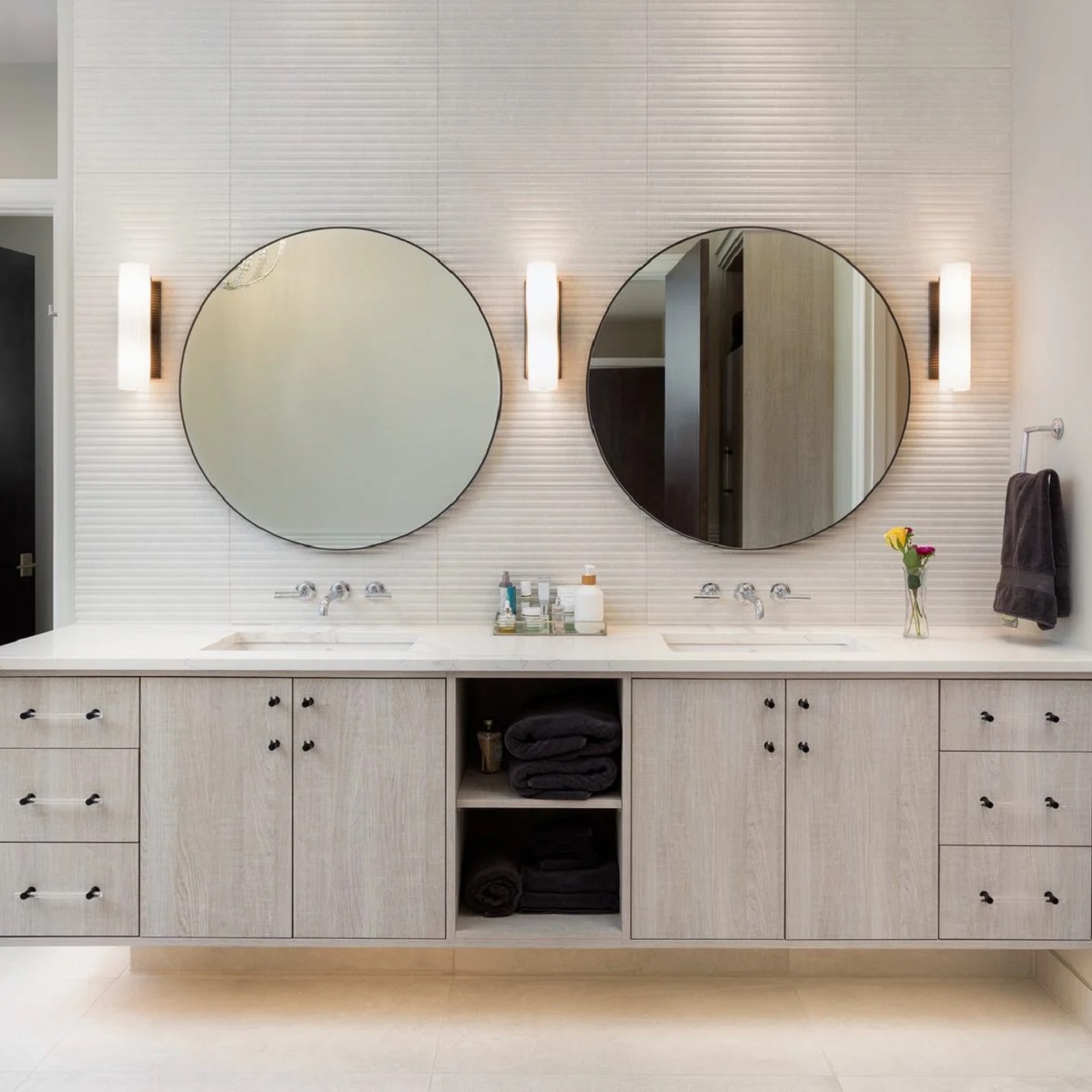
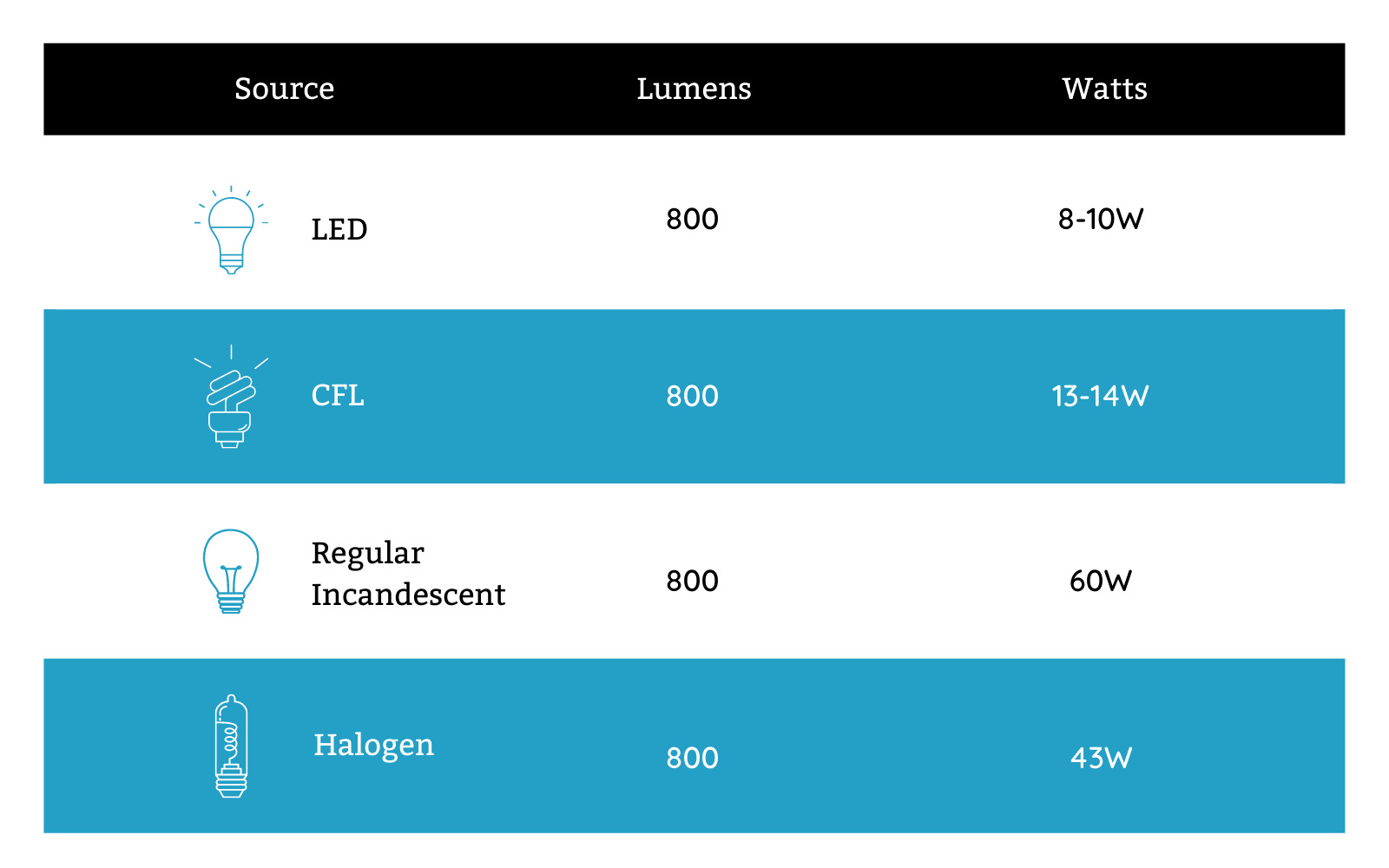
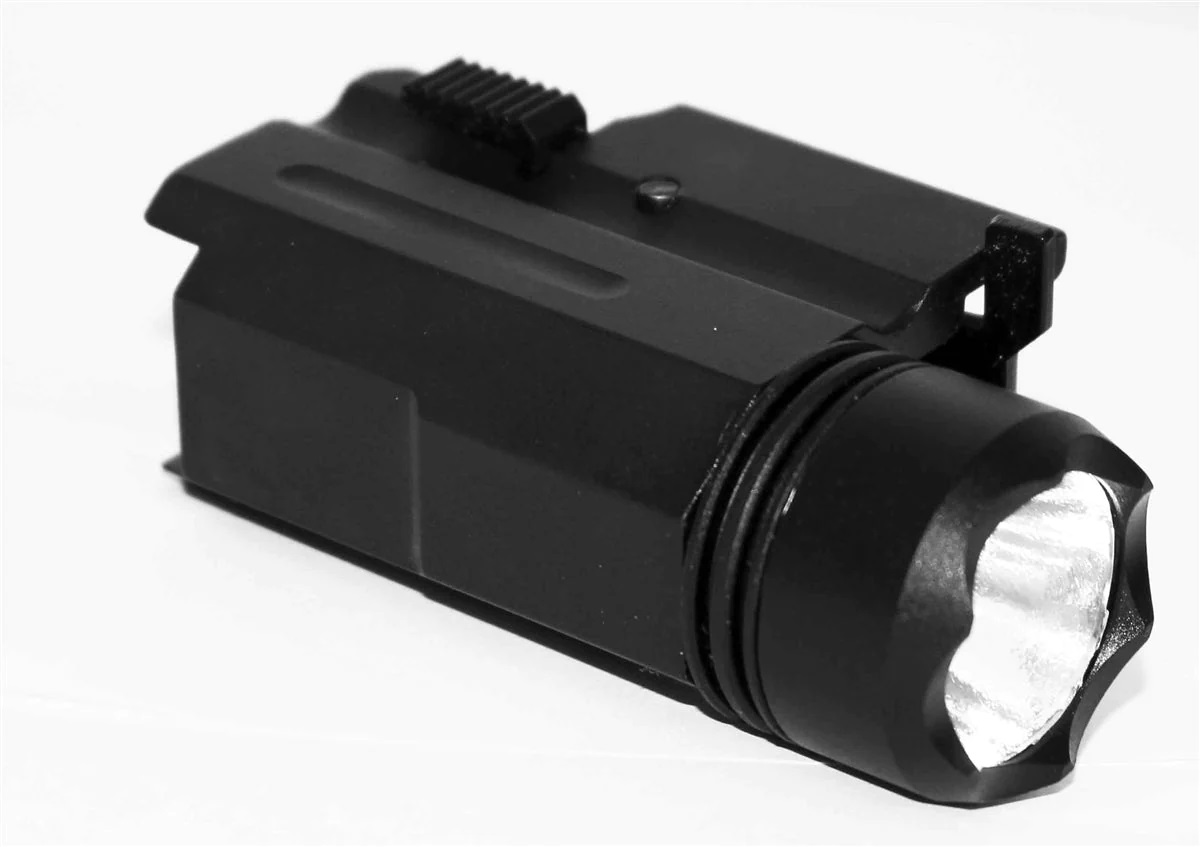
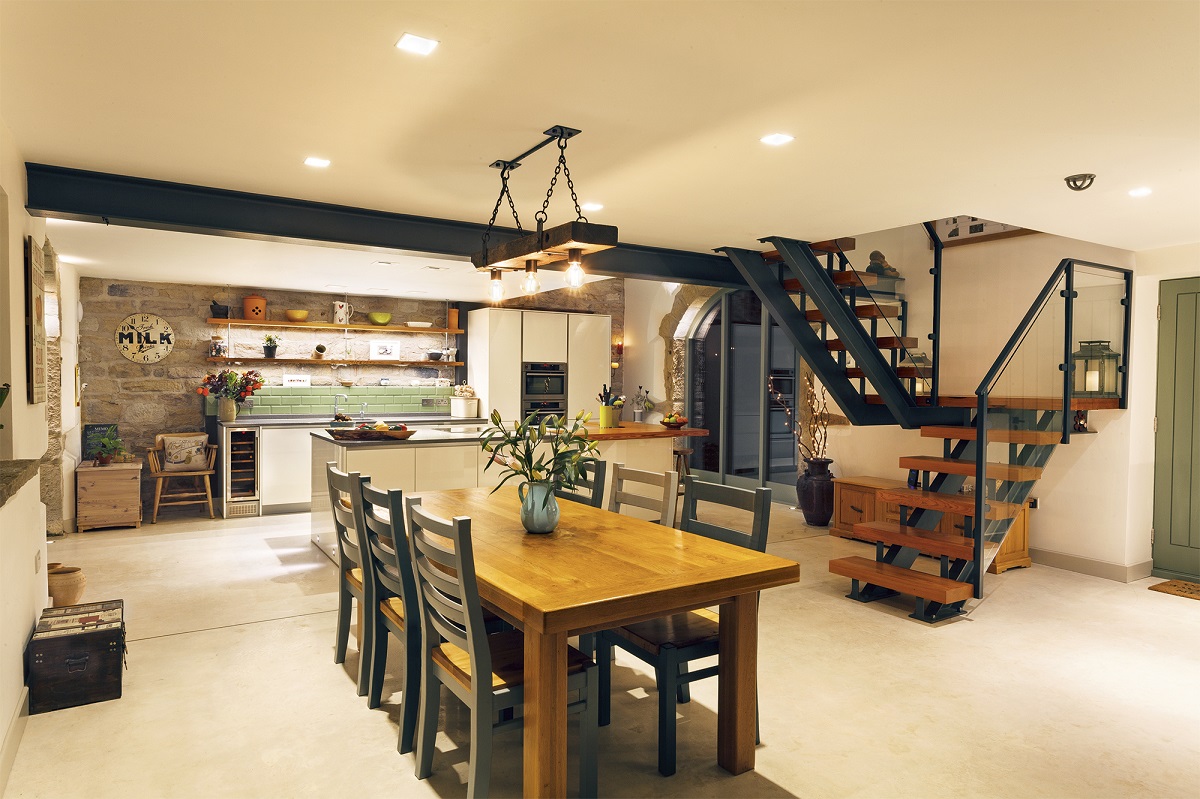
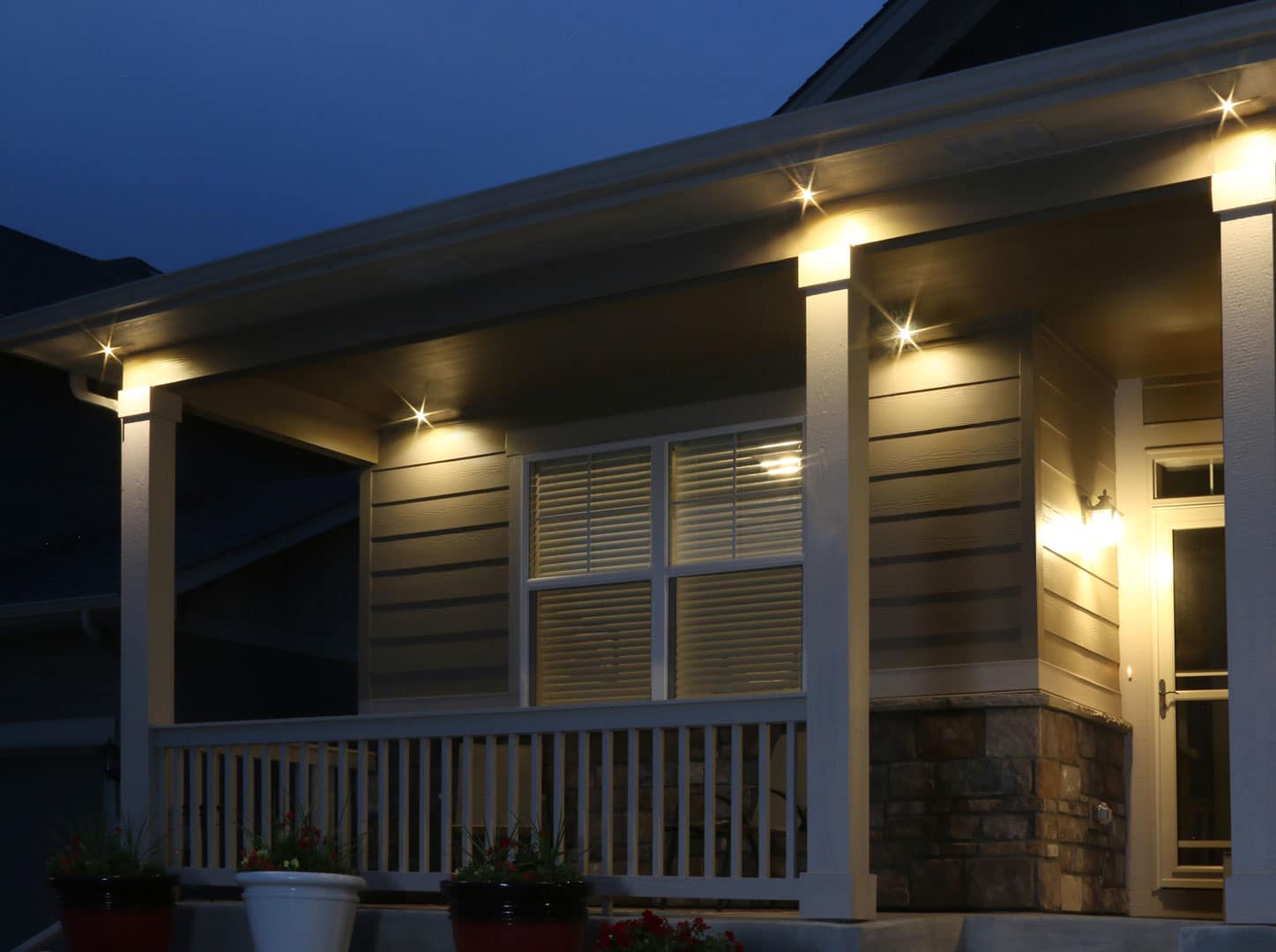

0 thoughts on “How Many Lumens To See A Projector In Daylight”